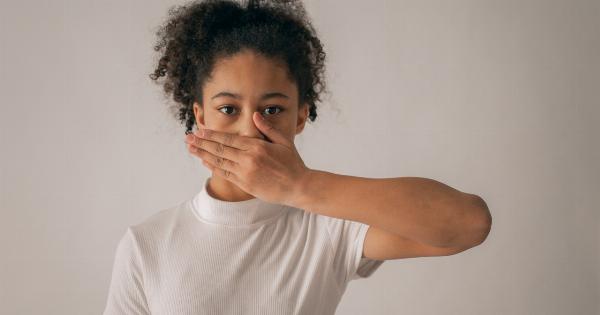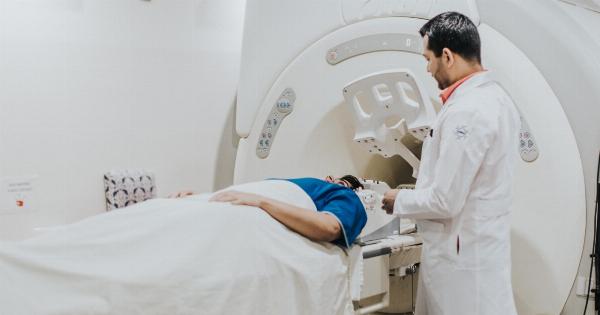Over 40 million people in the United States alone experience some form of anxiety in their lives.
Anxiety is a natural response to stress that can be beneficial for our survival, but it can also become debilitating and harmful if it becomes constant and uncontrollable. There are several different types of anxiety disorders that can have different effects on the body. In this article, we’ll examine the diverse types of anxiety and how they affect the body.
Generalized Anxiety Disorder (GAD)
Generalized Anxiety Disorder (GAD) is a common anxiety disorder that affects around 3% of people globally. The condition is characterized by excessive and persistent worrying about everyday things, such as work, family, and finances.
Some of the physical symptoms of GAD include fatigue, muscle tension, and sleep disturbances. Over time, GAD can lead to further complications, such as depression and substance abuse.
Panic Disorder
Panic disorder is another type of anxiety disorder that affects approximately 2-3% of the population. Panic attacks typically occur suddenly, seemingly out of nowhere, and they can be very distressing.
Some of the common symptoms of panic attacks include chest pain, rapid heartbeat, sweating, and feeling like you’re going to die. People with panic disorder may also develop agoraphobia, a fear of being in public places due to the possibility of having a panic attack.
Social Anxiety Disorder (SAD)
Social Anxiety Disorder (SAD) is a common condition that affects around 7% of people globally. The condition is characterized by a fear of being judged, embarrassed, or humiliated in social situations.
People with SAD may avoid social interactions, which can lead to isolation and loneliness. The physical symptoms of SAD can include shaking, sweating, blushing, and increased heart rate.
Post-Traumatic Stress Disorder (PTSD)
Post-Traumatic Stress Disorder (PTSD) is a type of anxiety disorder that can develop after a traumatic event, such as military combat, sexual assault, or a natural disaster.
The condition is characterized by flashbacks, nightmares, and intense anxiety related to the traumatic event. People with PTSD may also exhibit symptoms of depression, substance abuse, and suicidal thoughts.
Obsessive-Compulsive Disorder (OCD)
Obsessive-Compulsive Disorder (OCD) is a type of anxiety disorder characterized by obsessive thoughts and compulsive behaviors.
Obsessions are unwanted and often intrusive thoughts or images, while compulsions are repetitive behaviors that people with OCD feel driven to perform. Common obsessions include fears of contamination or harm to others, while common compulsions include excessive cleaning, checking, or counting. The physical symptoms of OCD can include fatigue, headaches, and muscle tension.
Specific Phobia
Specific Phobia is a type of anxiety disorder that involves an intense fear of a specific object or situation. Common phobias include heights, spiders, flying, and enclosed spaces.
People with specific phobias may avoid the situations or objects that trigger their fear, which can lead to limitations in daily functioning. Physical symptoms of specific phobias can include trembling, sweating, and a pounding heartbeat.
How Anxiety Affects the Body
Anxiety can have a significant impact on the body, both mentally and physically. Some of the physical effects of anxiety include:.
Increased Heart Rate and Blood Pressure
When we’re anxious, our body releases stress hormones, such as adrenaline and cortisol, which can cause our heart rate and blood pressure to increase.
This can put a strain on the heart and arteries, and over time, it can increase the risk of heart disease and stroke.
Muscle Tension and Pain
Anxiety can cause our muscles to tense up, which can lead to pain and stiffness, especially in areas such as the neck, shoulders, and back. Over time, chronic muscle tension can lead to other problems, such as headaches and digestive issues.
Difficulty Sleeping
Anxiety can make it difficult to fall asleep and stay asleep, which can lead to fatigue and irritability. Over time, chronic sleep disturbances can increase the risk of other health problems, such as obesity, diabetes, and depression.
Gastrointestinal Distress
Anxiety can also affect the digestive system, causing problems such as nausea, vomiting, diarrhea, and stomach pain. Chronic gastrointestinal distress can lead to other complications, such as malnutrition and dehydration.
Conclusion
Anxiety is a common condition that can have varying effects on the body.
Whether you’re experiencing Generalized Anxiety Disorder, Panic Disorder, Social Anxiety Disorder, Post-Traumatic Stress Disorder, Obsessive-Compulsive Disorder, or Specific Phobia, it’s important to seek help if you’re struggling with anxiety. By getting treatment, you can manage your symptoms and improve your overall health and well-being.




























